Media | Articles
The lasting design influence of the second-gen Chevy Camaro
Tom Peters was 17 when the 1970 Camaro began appearing on the streets early that year, and what he saw shocked him. With its taut contours and fastback coupe profile, it looked nothing like the first-generation Camaro, which as a teenager he enjoyed drawing in the exaggerated Ed “Big Daddy” Roth style.
“But once I saw it on the street, especially the Z/28, the design grew on me,” Peters recalls. “I loved the low, wide proportions and the big, hungry-looking grille.”
Peters began his career with General Motors in 1980 and later became head of design for Chevrolet rear-wheel drive performance cars, meaning, of course, the Camaro and Corvette. His love of both the first- and second-generation Camaros, two wildly divergent designs, would come into play when Chevy in the mid-2000s began considering building a fifth generation of its dormant pony car, which it had dropped in 2002 due to poor sales.
At that time, it became clear to designers that inspiration for the Camaro revival would come from its past. As it turns out, they went all the way back to the first generation, specifically the 1969 version.
Did the designers ever consider using the second- or third-gen Camaro as a jumping-off point for the fifth-gen design? After all, both models became superstars in their time, attracted new customers, had longer-lasting success than the first generation, and scored the Camaro’s highest sales years.
Marketplace
Buy and sell classics with confidence
In a word, “maybe.” The ultimate decision to skip those two and turn to the first generation, however, was boosted by some surprising voices.
From placeholder to legend
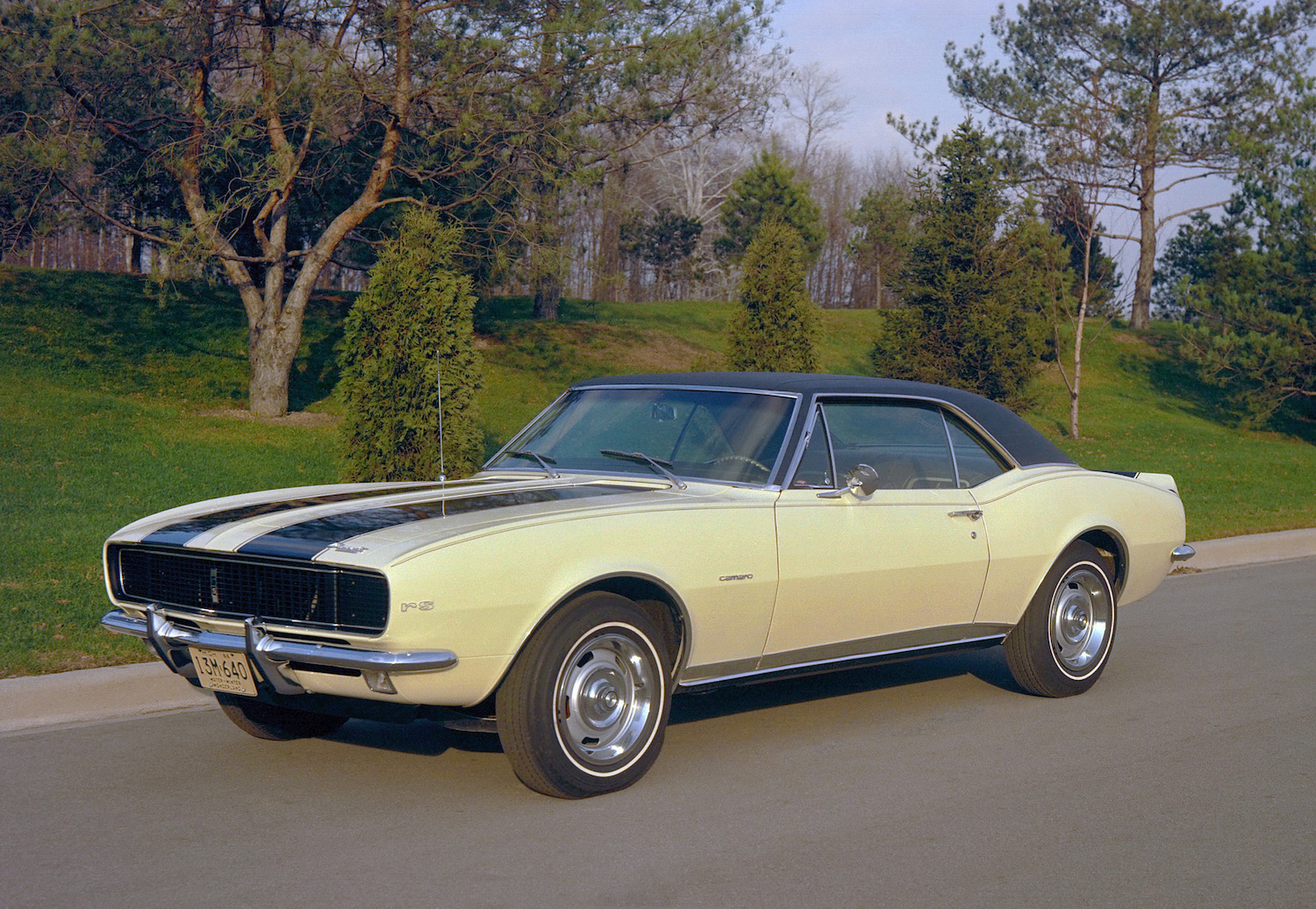
“The Camaro should not have been a design success, as it was based on an existing architecture and admittedly hurried to market to address the personal coupe revolution occurring with Baby Boomer customers,” Ed Welburn, then vice president of GM Global Design, said in 2015. “However, the first-generation Camaro delivered a pure, classic proportion that will forever be regarded as one of the best-looking cars of its time.”
The “personal coupe revolution” was of course a GM euphemism for the Mustang. Hasty or not, the first Camaro’s design succeeded. At the time, though, Chevy saw it as a kind of placeholder while it developed the radically different kind of car it had all along wanted as a companion to the Corvette.
The second-gen Camaro made a complete break in design from the first. The overall shape, stance and styling details echoed influence from European sports models, particularly the early 1960s Ferrari 250 GT Short Wheelbase Berlinetta and 250 GT Berlinetta Lusso. In both, one could see the origins of the Camaro’s profile and proportions, including the long tubular front fenders housing the headlights.
Those Ferraris likewise inspired the Camaro’s RS package with its “split bumper” front end, large eggcrate grille and inset parking lamps. Peters recalls that he thought the front end also showed some influence of the Jaguar XJ sedan. The Camaro’s four round taillights, though, gave the strong link to the Corvette that Chevy management wanted.
“You can see the European inspiration, but it’s a truly American expression and interpretation,” says Peters. “That’s when you really understand how fantastically talented the designers were.”
Peters would go on to lead the teams that resurrected the Camaro, as well as for the C6, C7, and C8 Corvettes and sixth-generation Camaro. He retired earlier this year.
Late bloomer

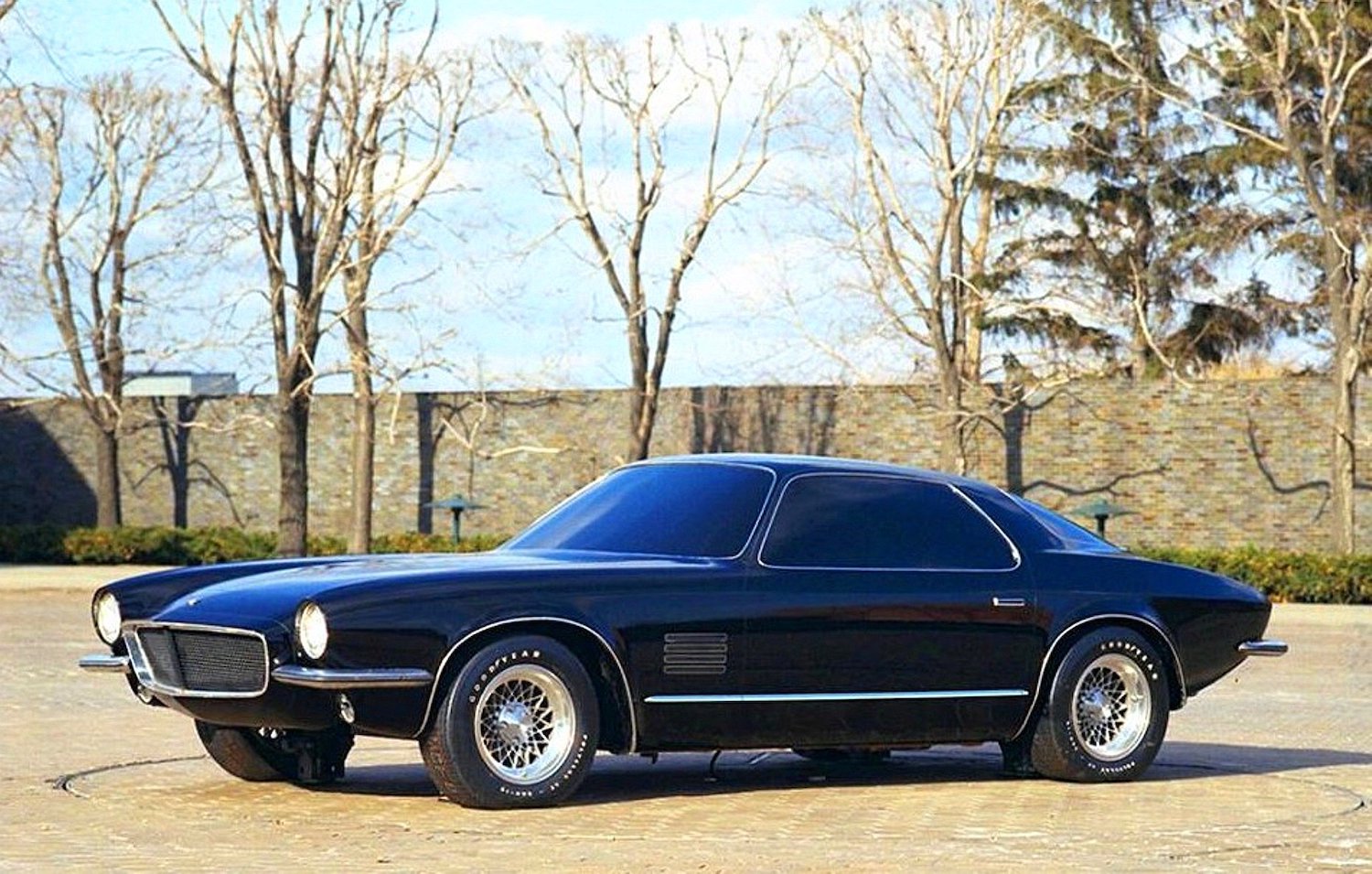
The second-gen Camaro impressed auto critics, including Car and Driver, which likened its 1970 Z/28 test car to an American Ferrari challenger. Magazine staffers, though, were puzzled by the new Camaro’s lack of recognition on the street.
“And although we think it’s a stunning machine from almost any vantage point, it generally went unnoticed—even in Los Angeles where the car reigns supreme,” the magazine’s May 1970 issue reported. “We can only theorize that the Camaro’s finely drawn shape, free of Detroit’s customary visual trickery, is somewhat removed from the mainstream of public taste.”
Road & Track pronounced the 1971 Camaro SS 350 one of the world’s 10 best cars. Despite the accolades, second-gen Camaro sales significantly lagged behind the first-gen for its first few years, hindered in part by labor strikes in 1971 and 1972 but also by a declining pony car segment.
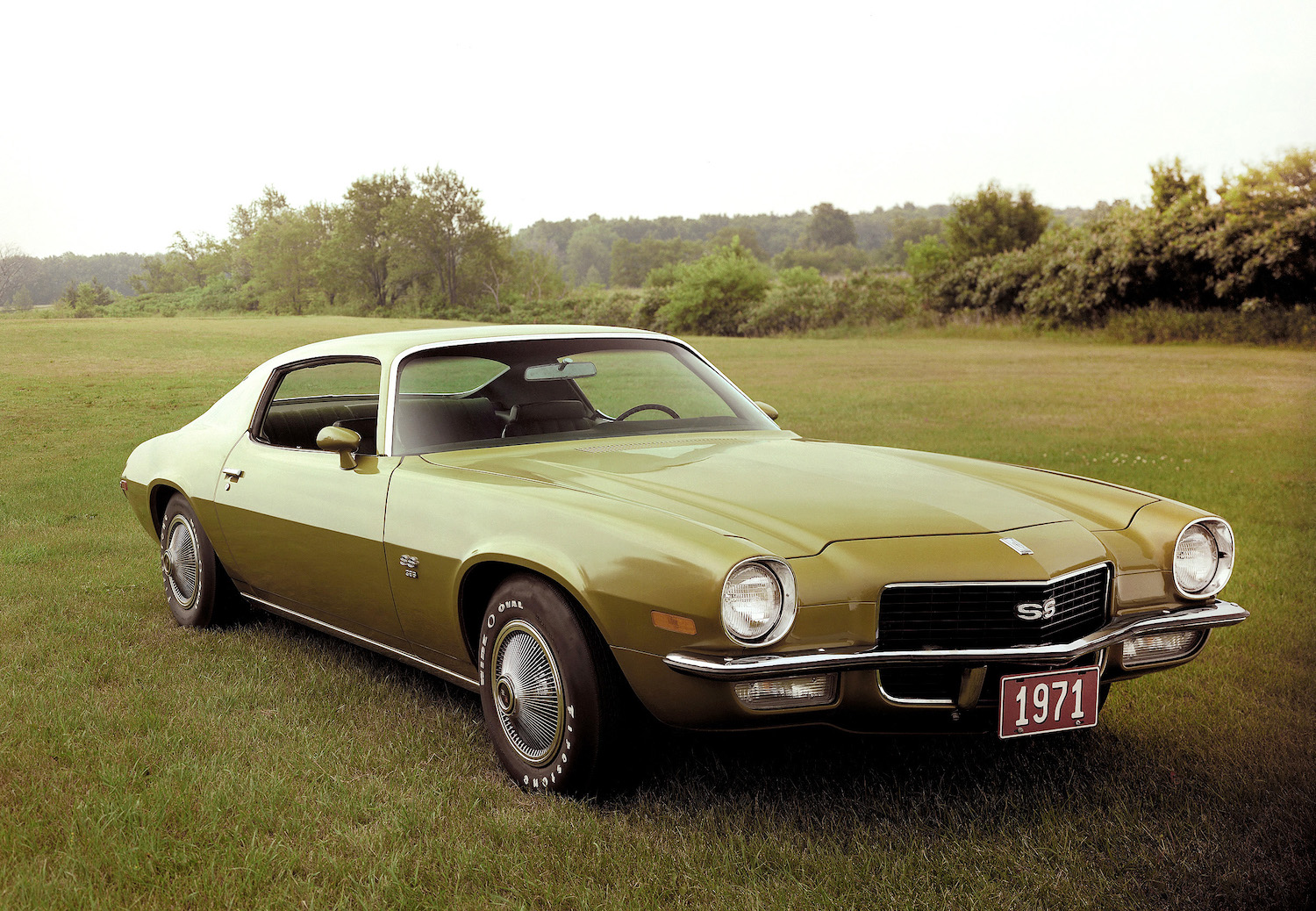
Then, a funny thing happened in the mid- and late-1970s, which many enthusiasts refer to as the “malaise period” for cars. Camaro sales took off. In 1977, a much-neutered Z/28 returned after a two-year hiatus, and the Camaro for the first time outsold the Mustang with nearly 219,000 cars. The 1978 Camaro gained body-color plastic bumpers, and sales zoomed to 272,631. In 1979, Camaro set its all-time record with 282,571. (The first-gen Camaro peaked in 1969 at 243,085.)
That was for a 10-year old design. The 1979 model also revealed more evidence of the second-gen Camaro’s design inspiration when the luxury-oriented Type LT model was renamed Berlinetta—hey, just like a Ferrari!
The surge quite literally gave the Camaro (and the Pontiac Firebird) a new lease on life, as GM had considered cancelling the cars several years before. As a result, the second-gen Camaro lasted 12 seasons. Sales dropped in 1981, but the smaller third-gen Camaro reignited the flame in 1982, even if its performance wouldn’t deliver on the design’s promise for a few more years.
As dramatically different as it was from the second-gen model, the third-gen was still instantly recognizable as a Camaro. And, man, was it popular, scoring high sales that included clobbering the Mustang 261,591 to 141,480 in 1984.
Which icon was most iconic?

Auto marketers toss around the term “iconic” with abandon, but the first three generations of the Camaro had surely earned that status to gearheads.
“Each generation of the Camaro has evoked an emotional connection with enthusiasts—connections spanning 48 years and five generations,” said Welburn in 2015.
That connection would guide Chevy designers as they tackled the enviable but daunting assignment of reviving the Camaro. Peters recalls that before he got involved with the project, Bob Boniface, currently Director of Global Buick Design, was working with his group on proposals based on the rear-wheel-drive Holden platform that the Camaro would use.
“They started working from sketches inspired by the first two generations,” Peters recalls. “When I became involved, we’d just finished up the C6 Corvette’s design, I had my team intact, and we’d done a concept based on the idea of a new split-window Sting Ray, which was used in the Transformers movie. When Ed [Welburn] saw it, he invited us to do an alternate design for the Camaro, along with Bob’s team. From what I could tell, they were by then working on something based off the first-gen.”
In fact, Boniface’s team had a ’69 Camaro Pro Touring called “Mule” in its studio for inspiration, built by Mark Stielow, manager of Program Engineering for General Motors.
“When I formulated my team, which was close to the Sting Ray concept team, we looked at several different philosophies,” continues Peters.
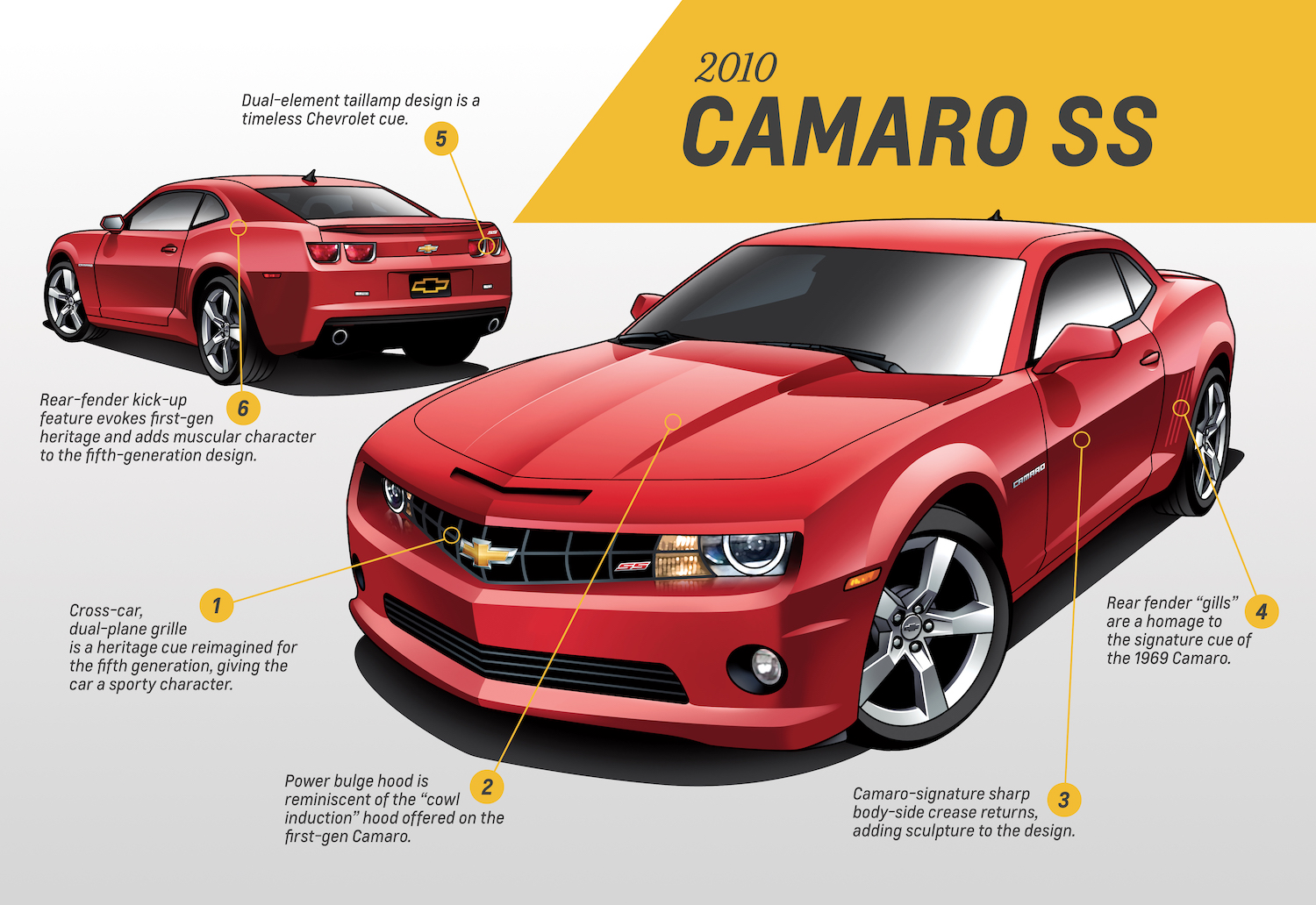
That team was internationally diverse, with designers from Korea, Russia, and Brazil, the latter a young man of Japanese descent. The Korean was 34-year-old SangYup Lee, who had worked for Porsche and Pininfarina before joining GM. Lee has long been credited with sketching the design of the Sting Ray Concept and the 2006 Camaro concept that became the template for the 2010 production model. He left GM to become Chief Exterior Designer of VW/Audi’s Advanced studio in California and then head of Bentley Exterior and Advanced Design. Today, Lee leads design for Hyundai and its Genesis luxury brand.
“I listened to my team,” Peters says. “We had a lot of discussions about the various Camaro generations. The first one still came across as the iconic, true Camaro statement, even among the younger designers from around the world.”
Peters then brought in his own 1969 ZL1 into the studio clone to inspire his team.
“The final design perfectly straddled that razor-sharp line between heritage and retro—and with five straight years at the top of the segment, clearly the fifth-generation Camaro connected with a whole new group of enthusiasts,” Peters said in 2015.
There is, of course, no way to know if a design inspired by the second- or third-gen Camaros would have done as well as the fifth generation did. But with rumors recently circulating that the sixth-gen Camaro could be the last, perhaps designers might take another look at those cars for inspiration to save it.
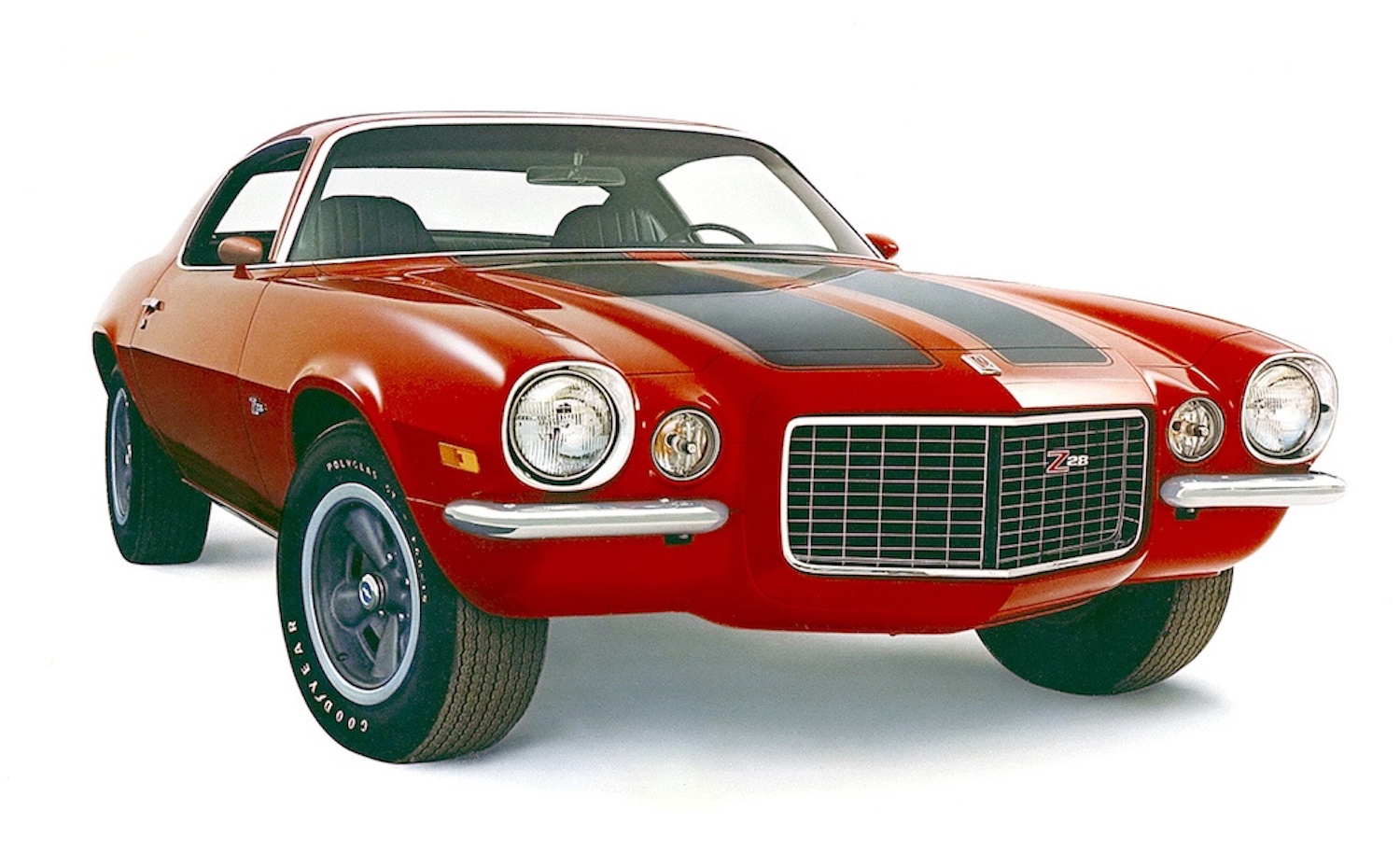





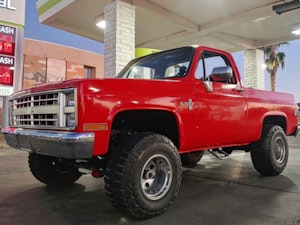



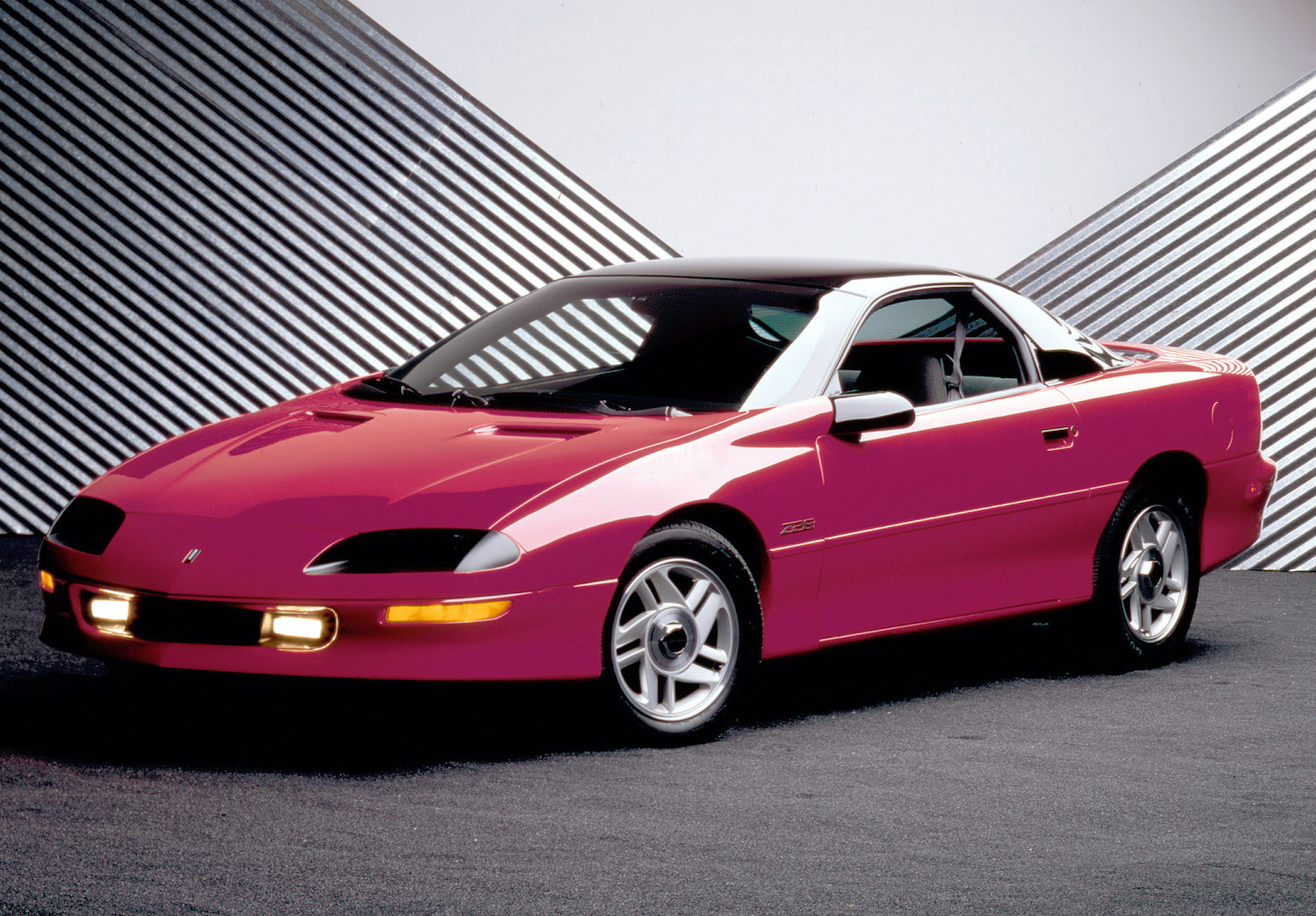
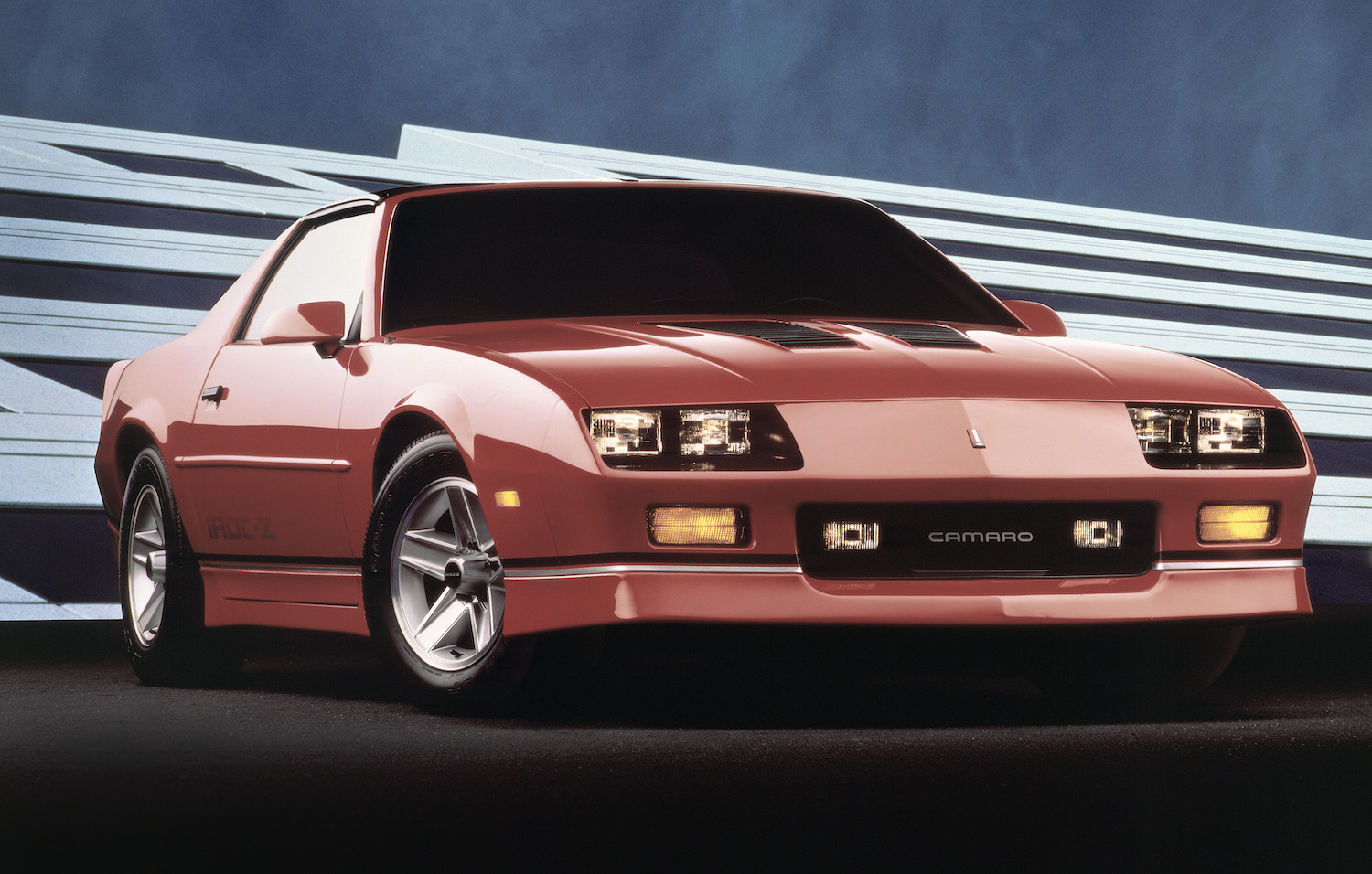
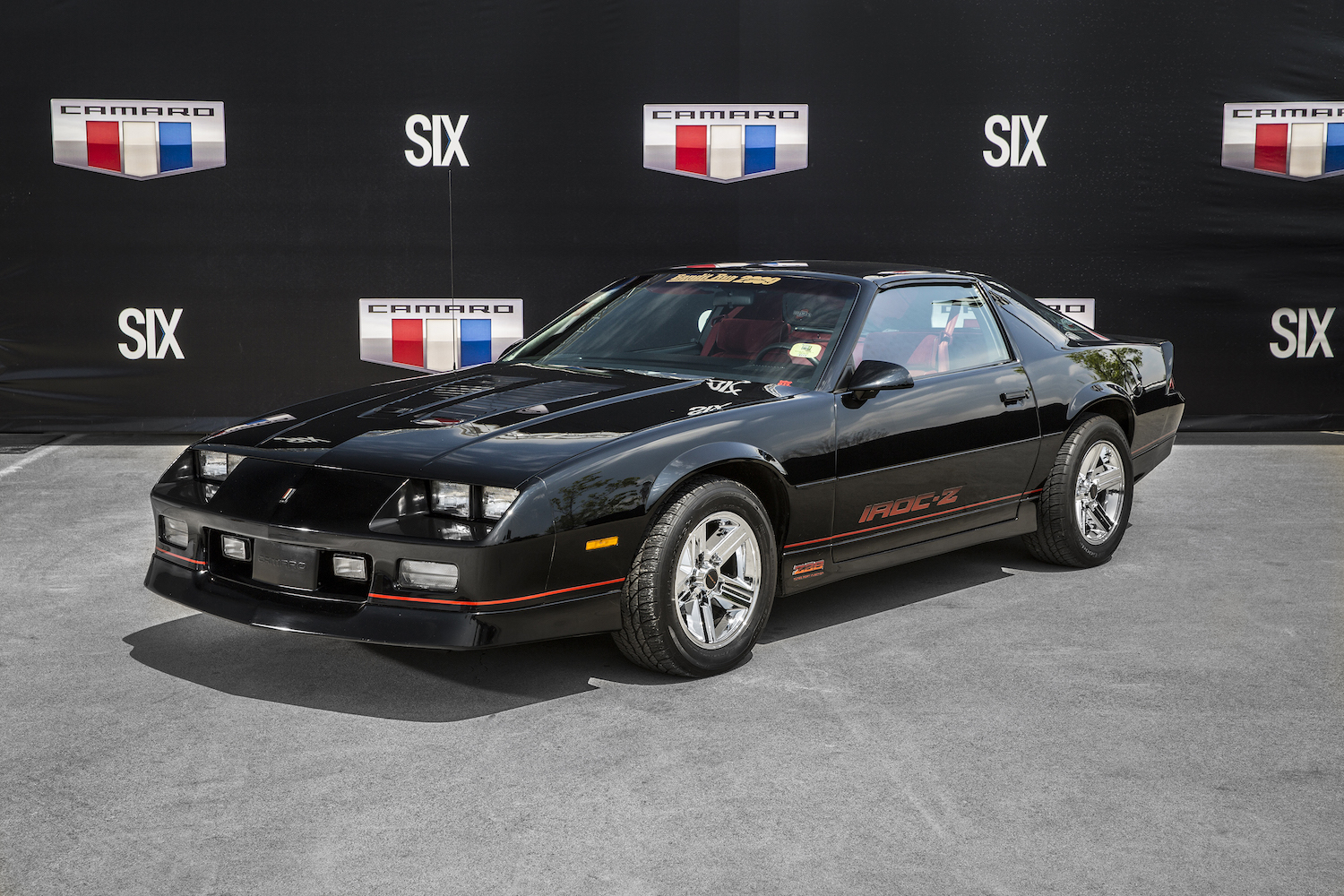
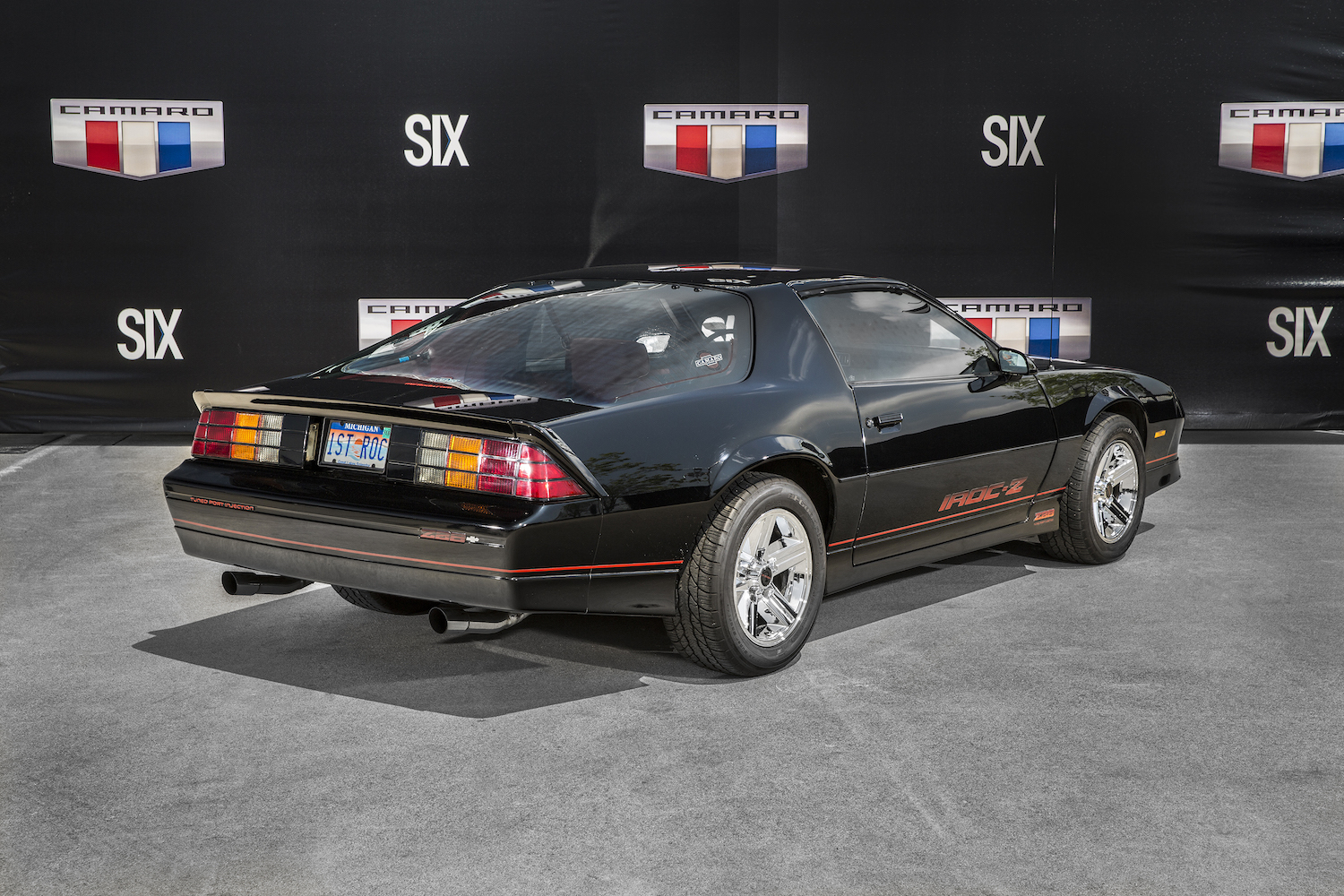
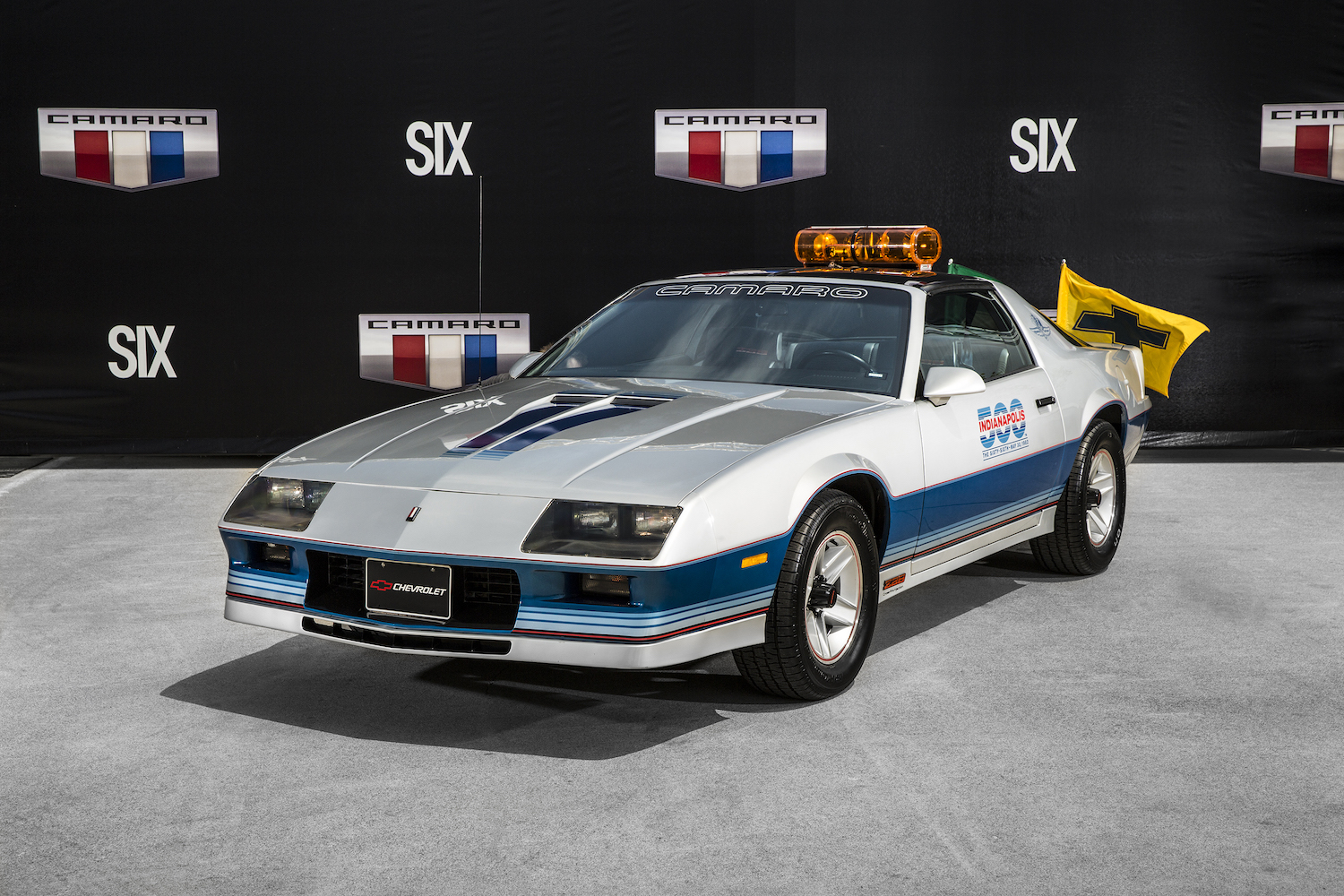
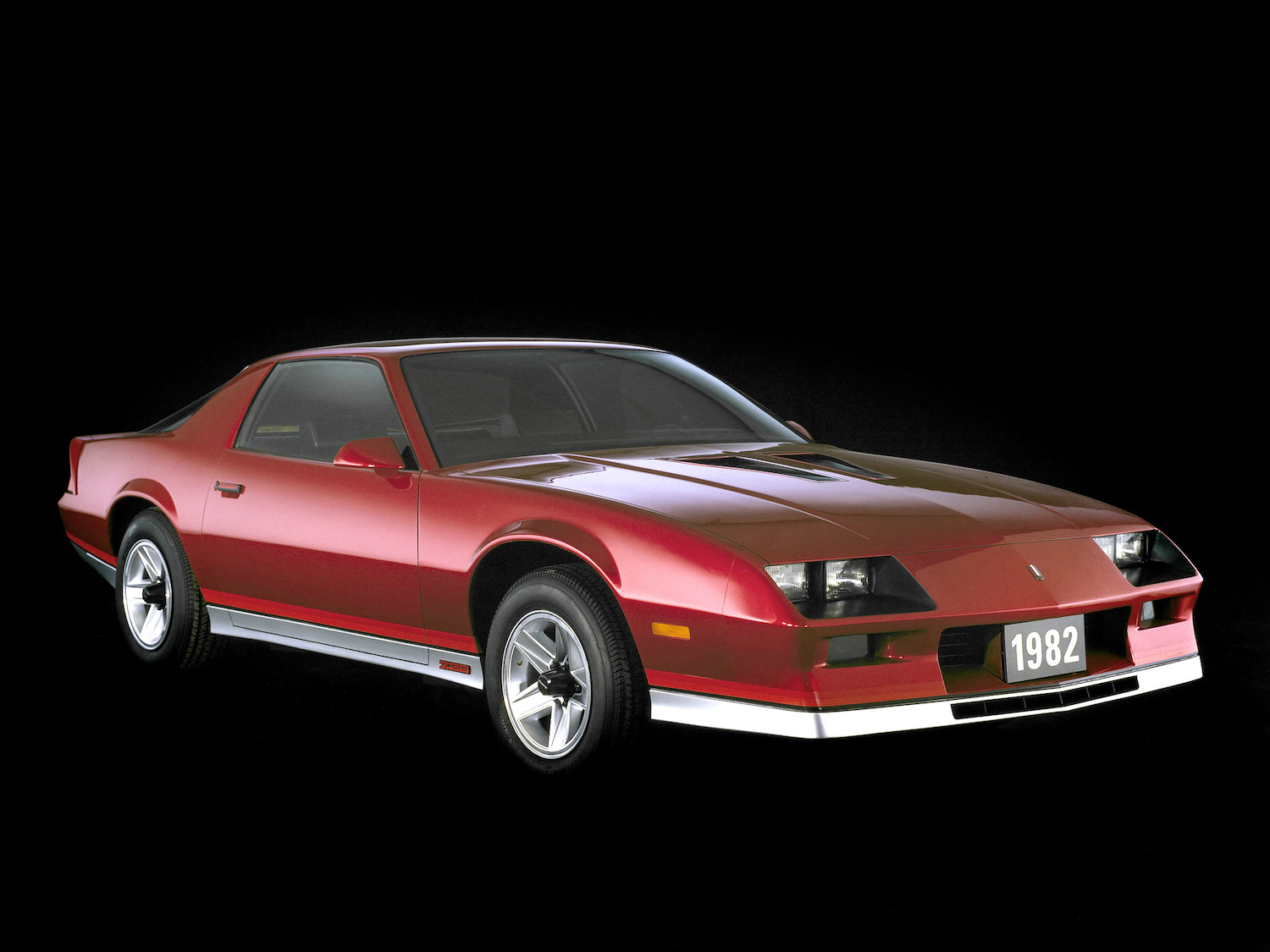
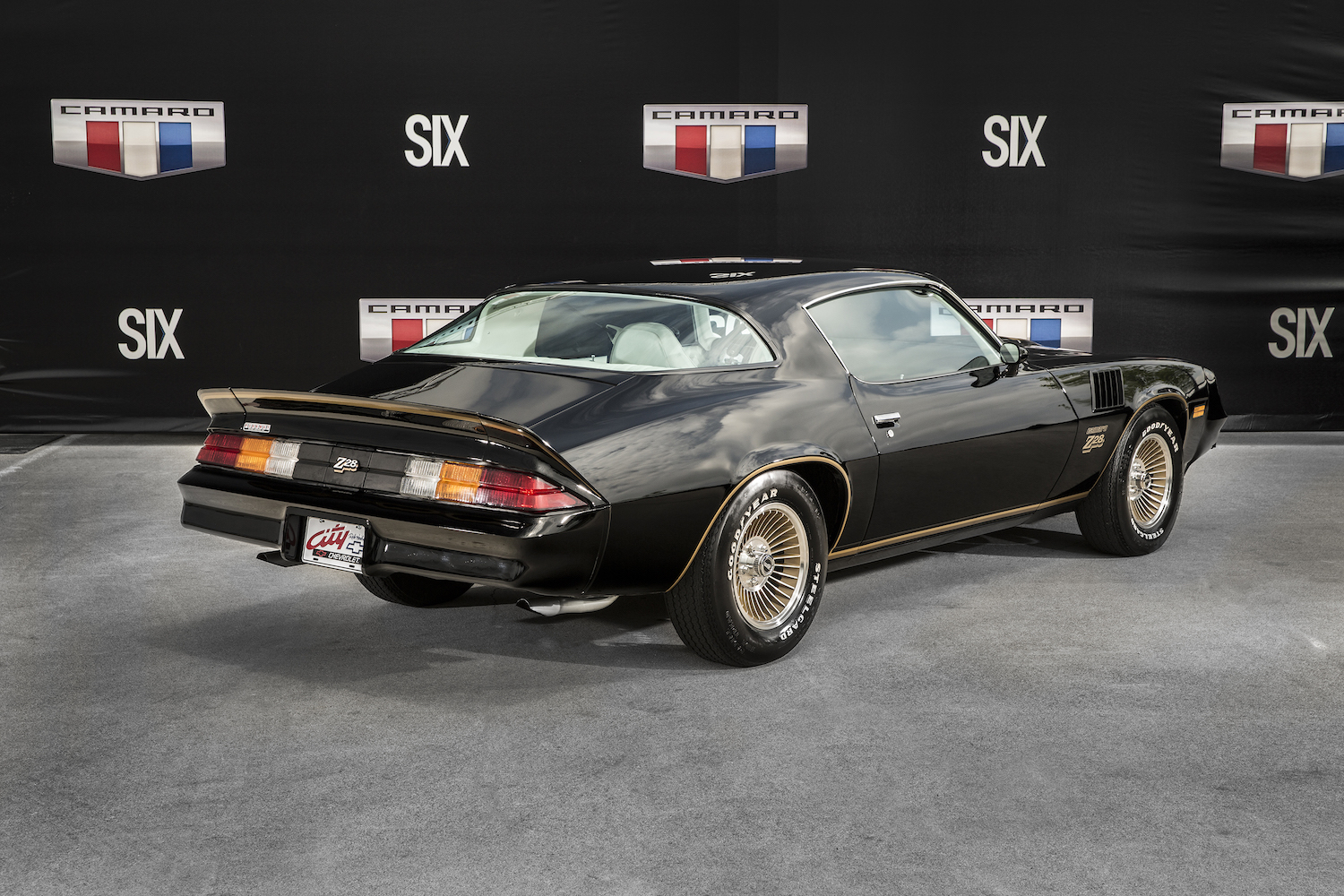
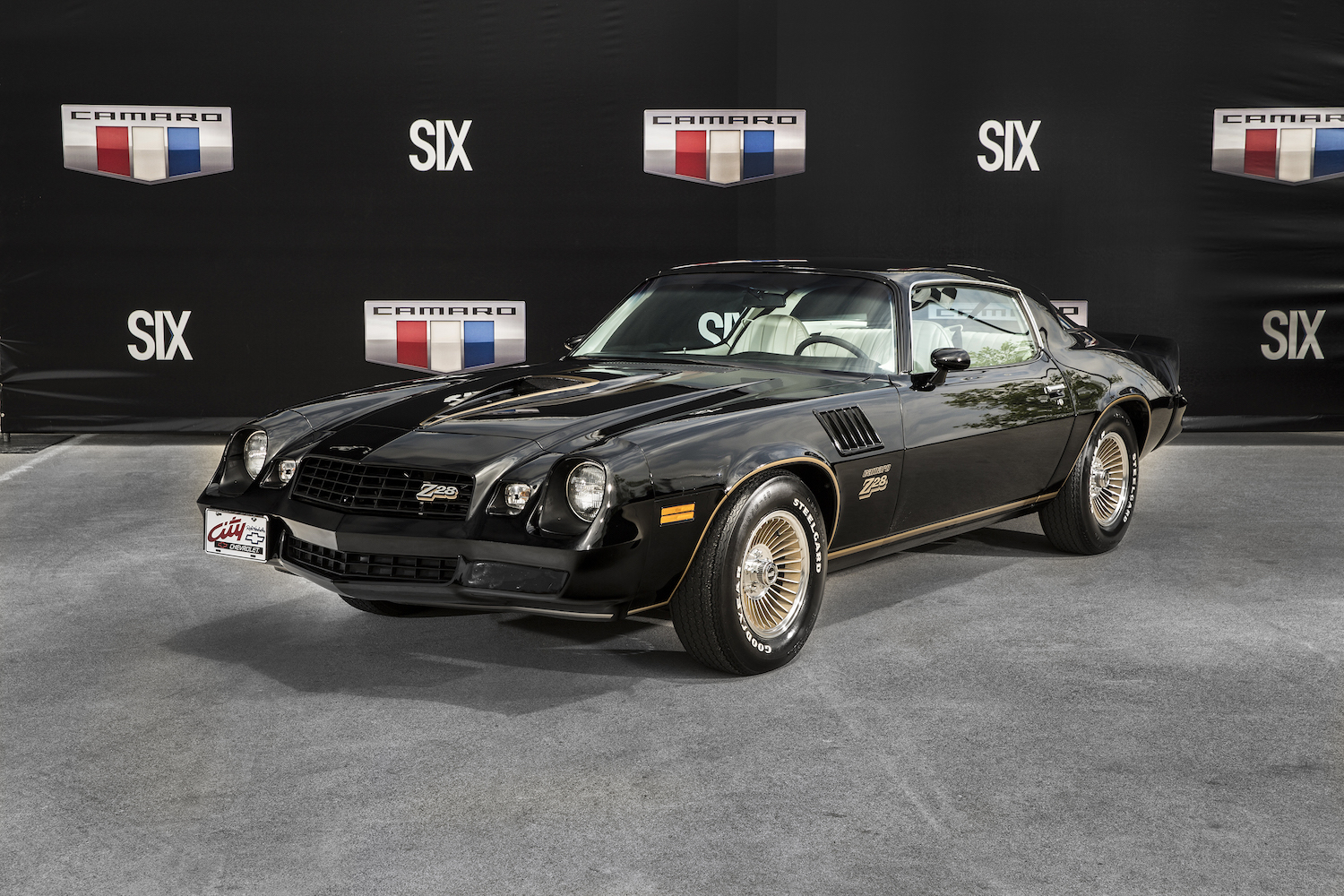
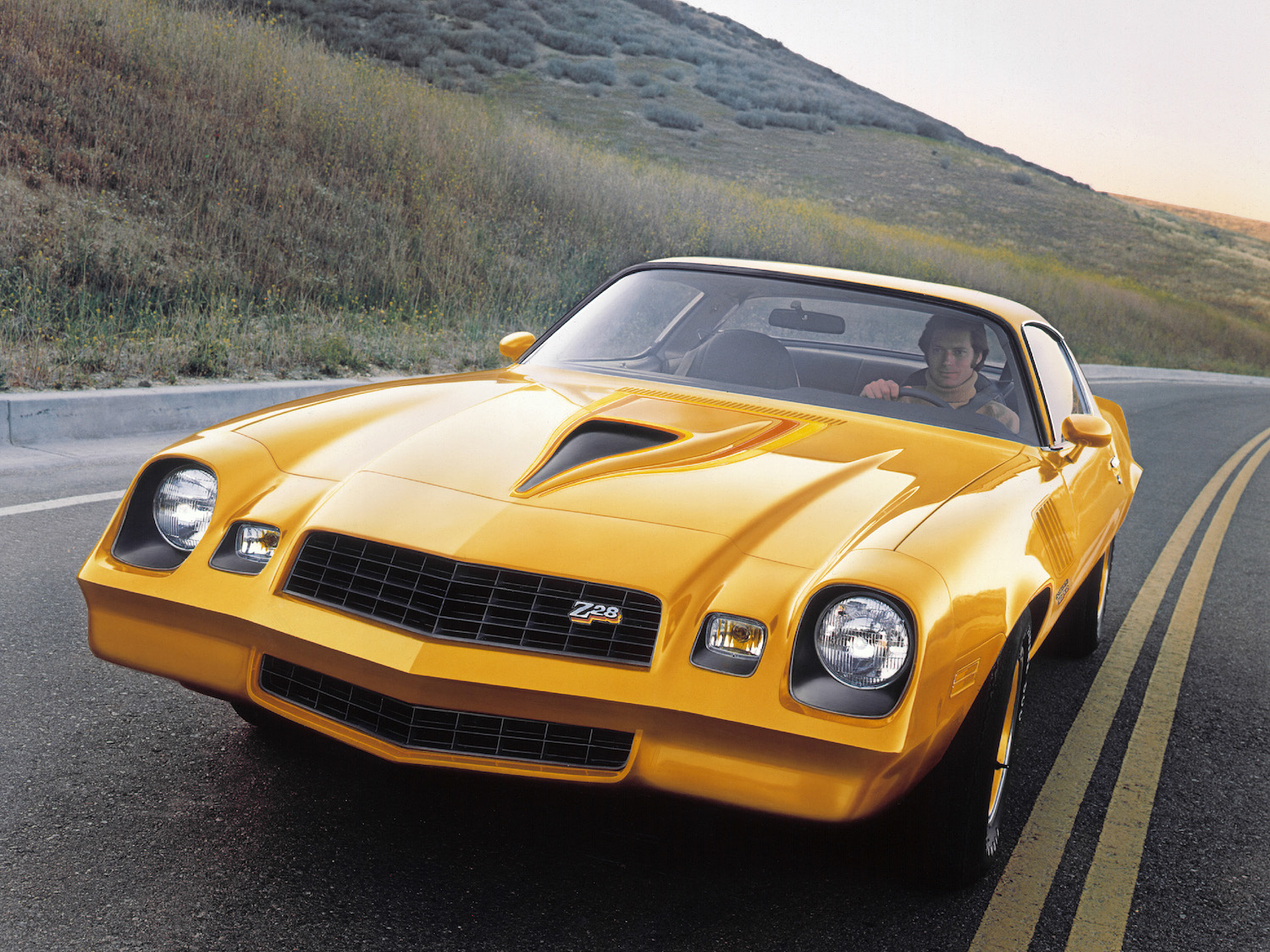
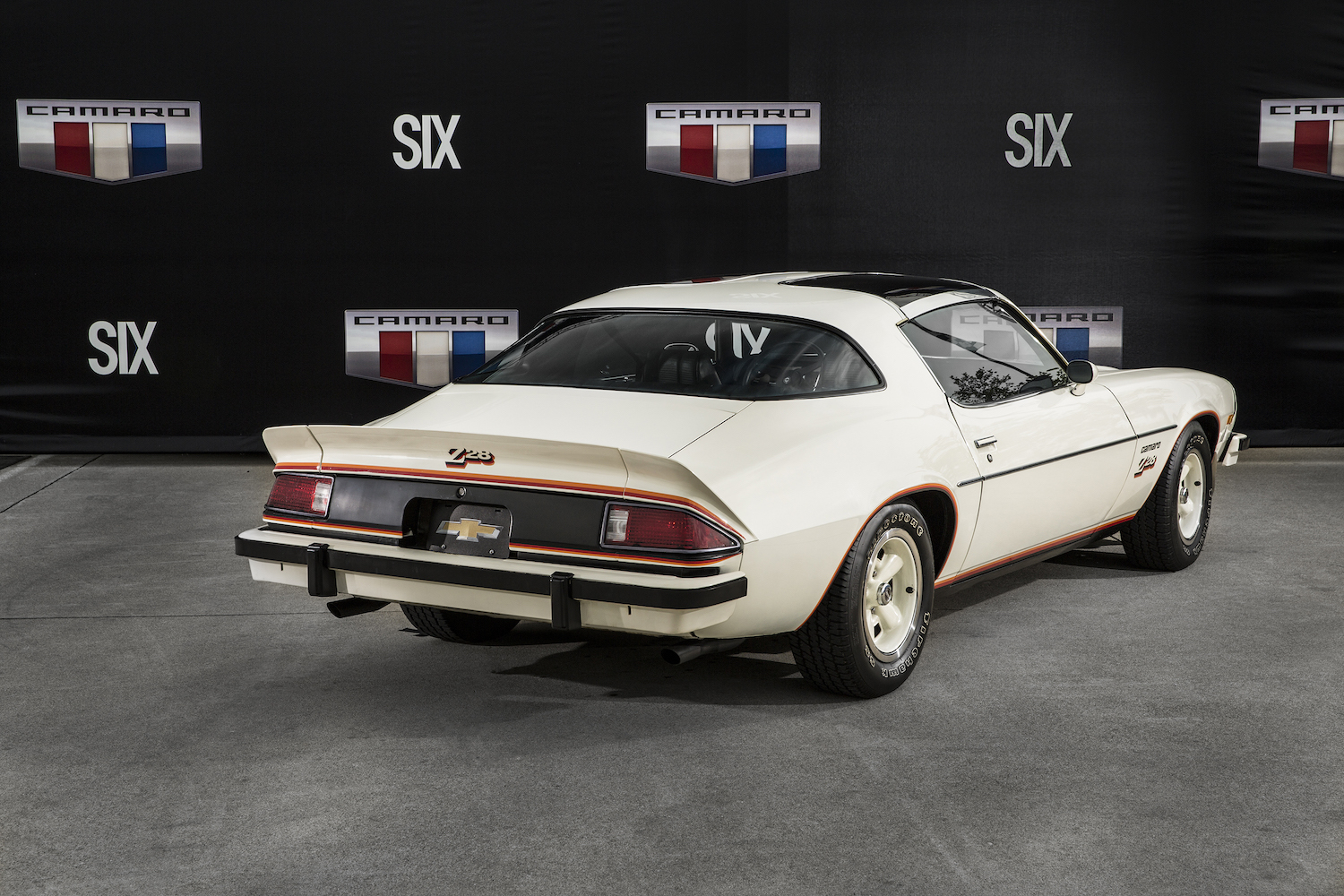
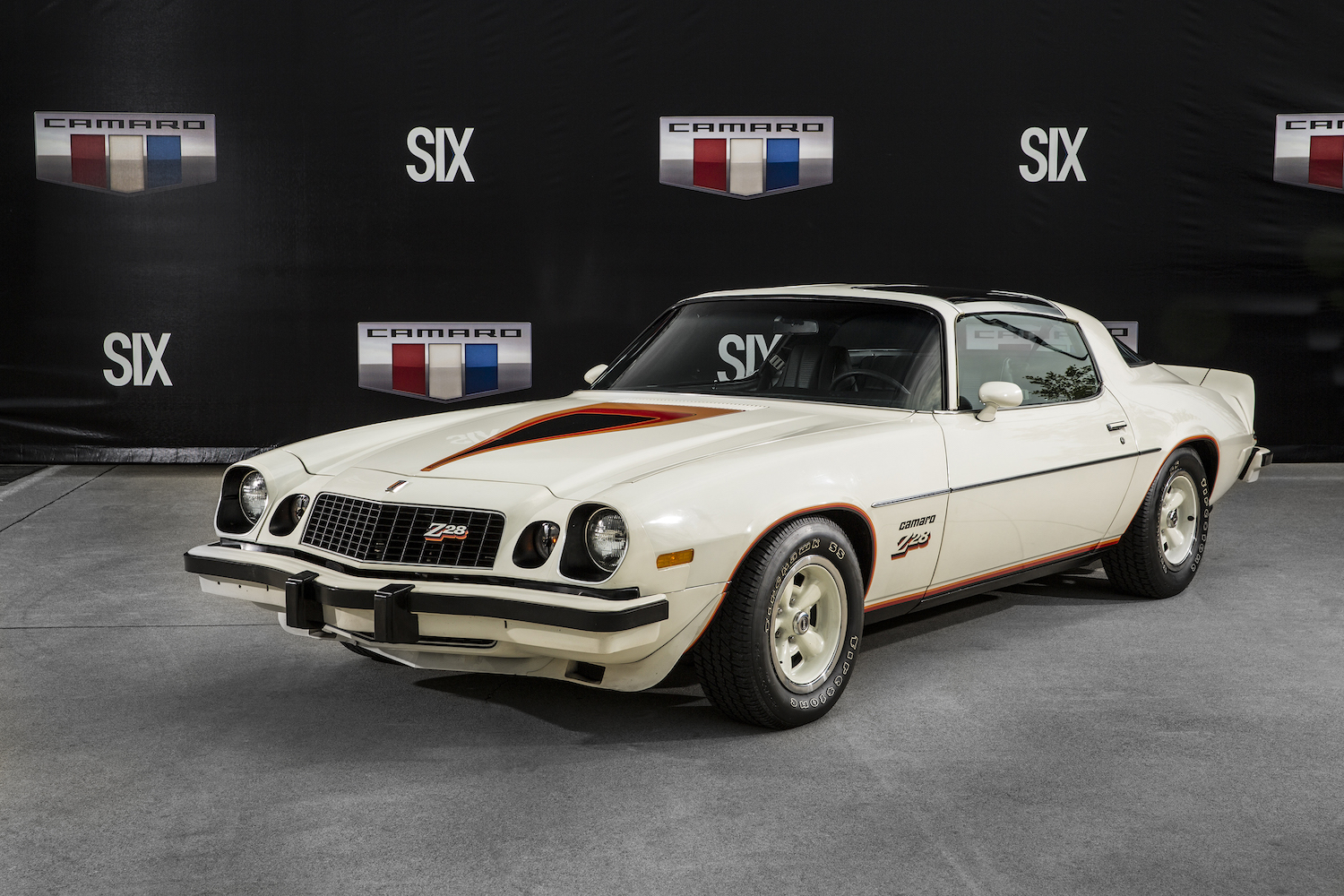
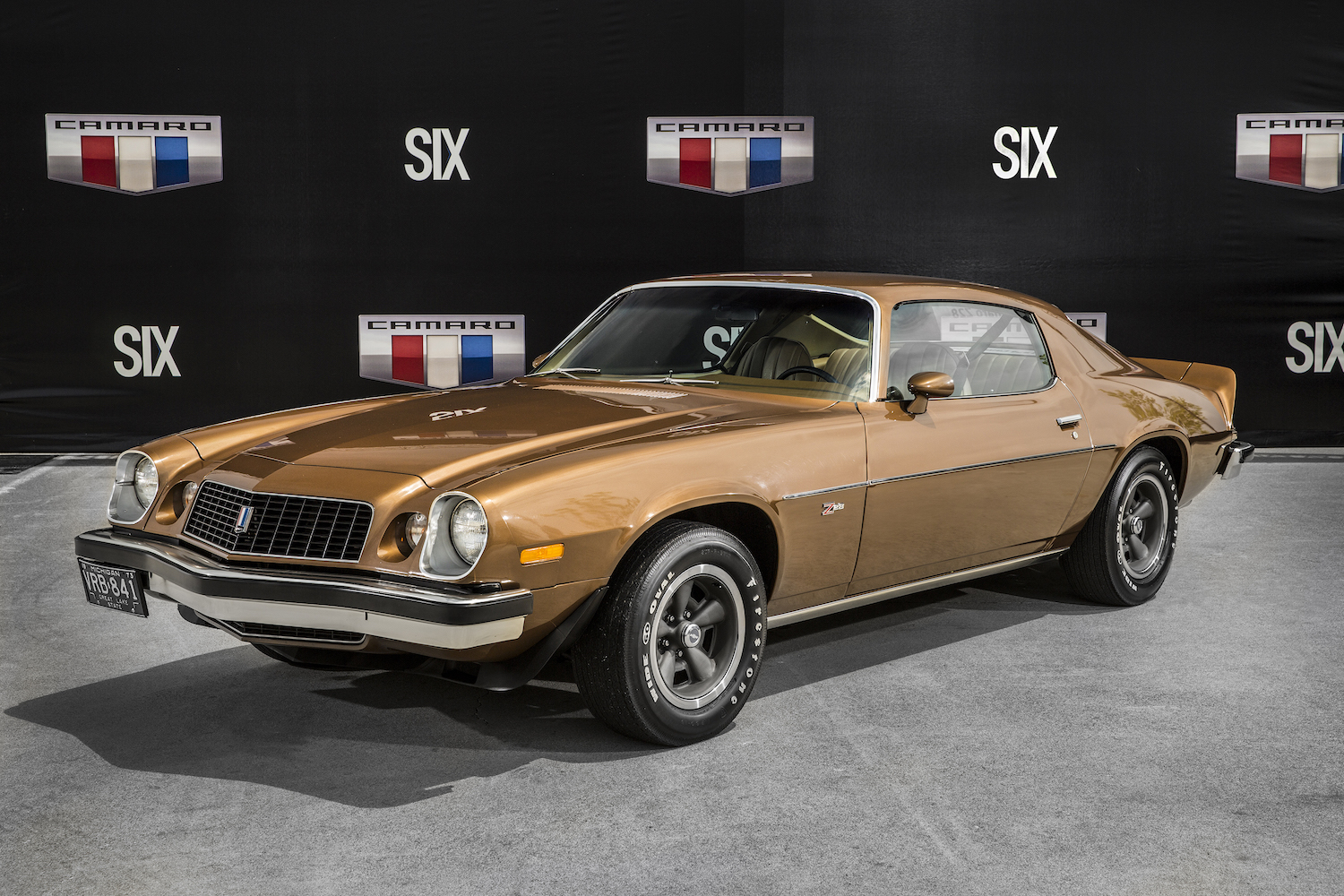

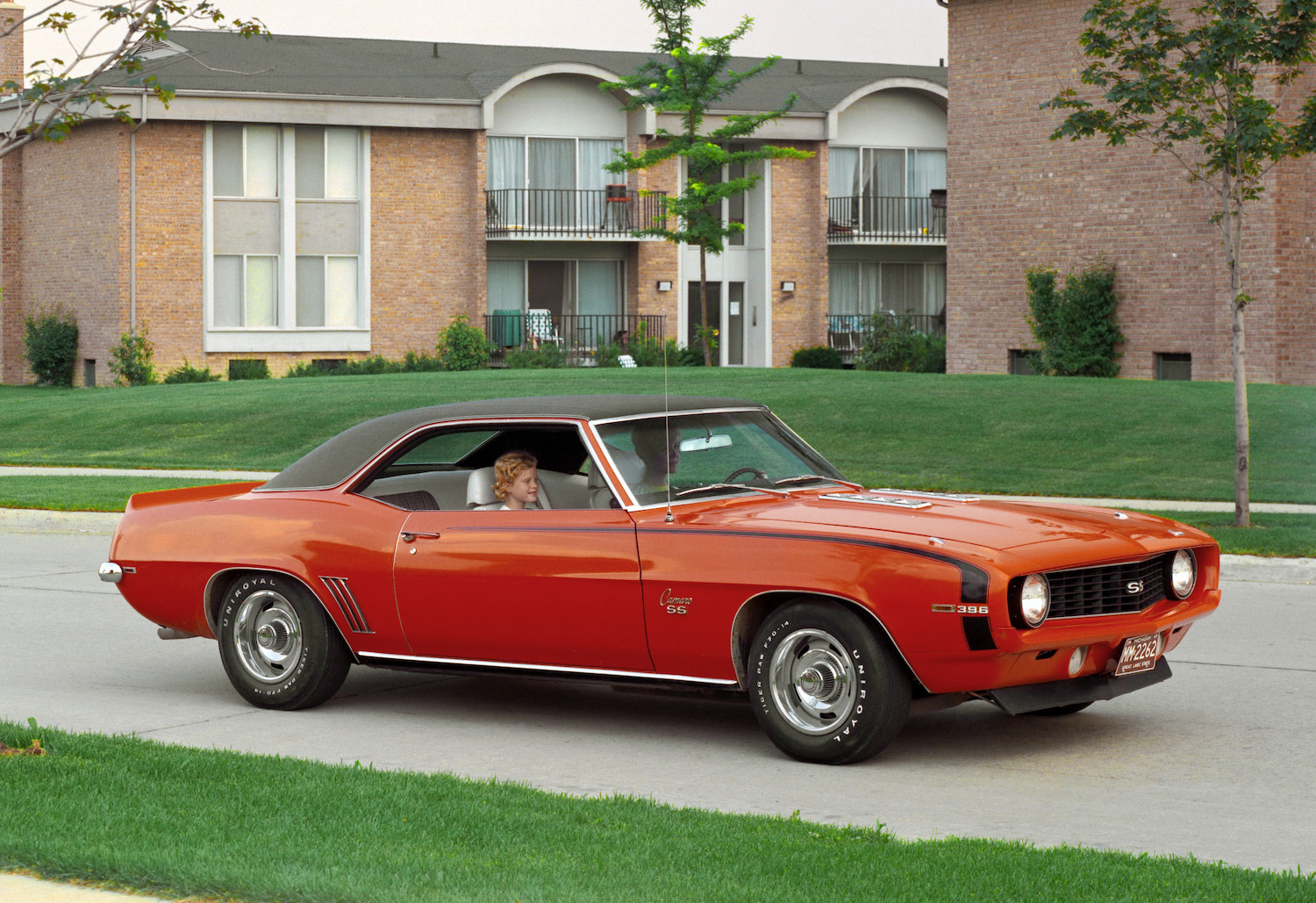
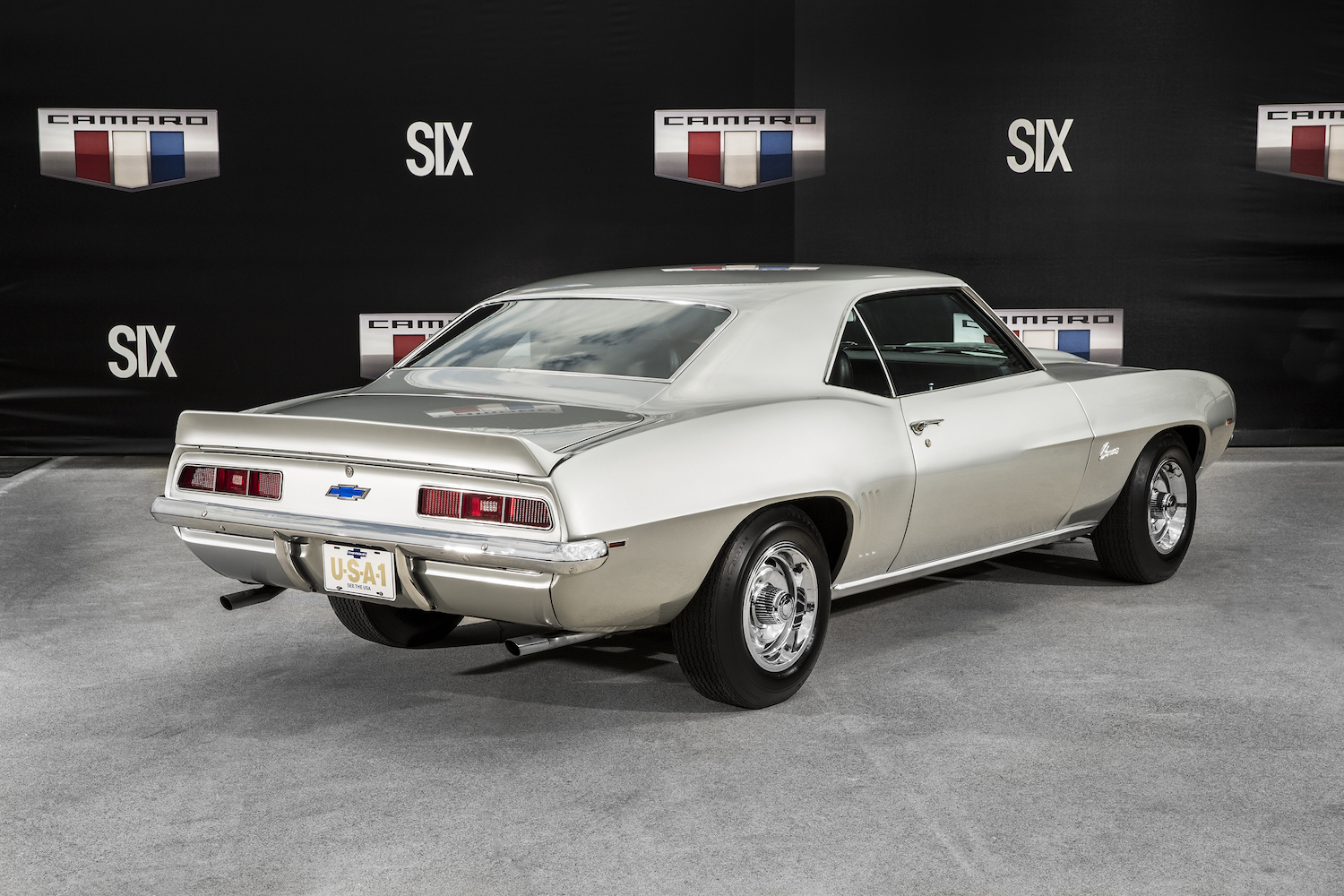

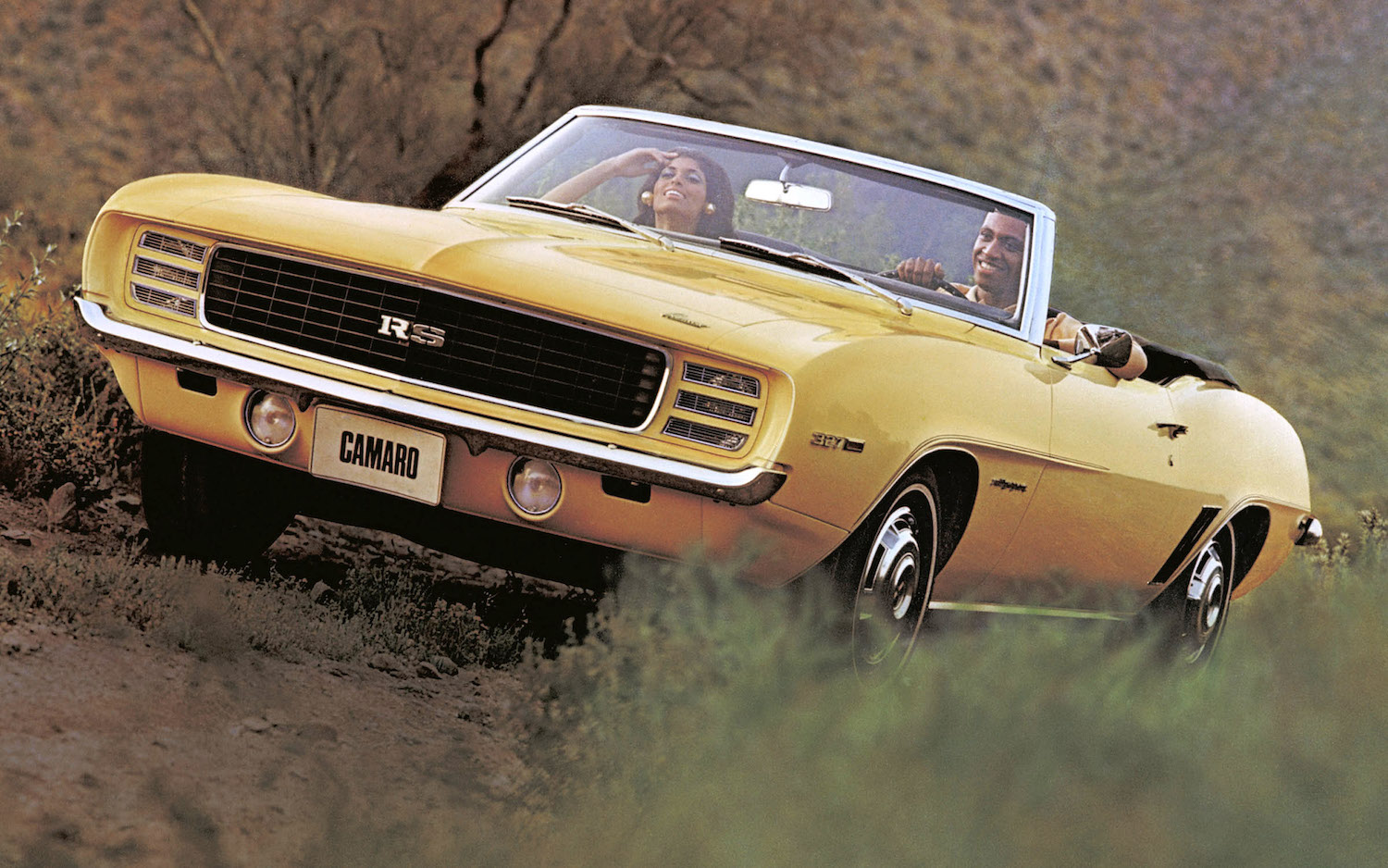


I own the first (Pilot) 1970 Camaro. It is VIN 123870N500001.
I bought it from Smokey Yunick. Are you interested in the amazing story?